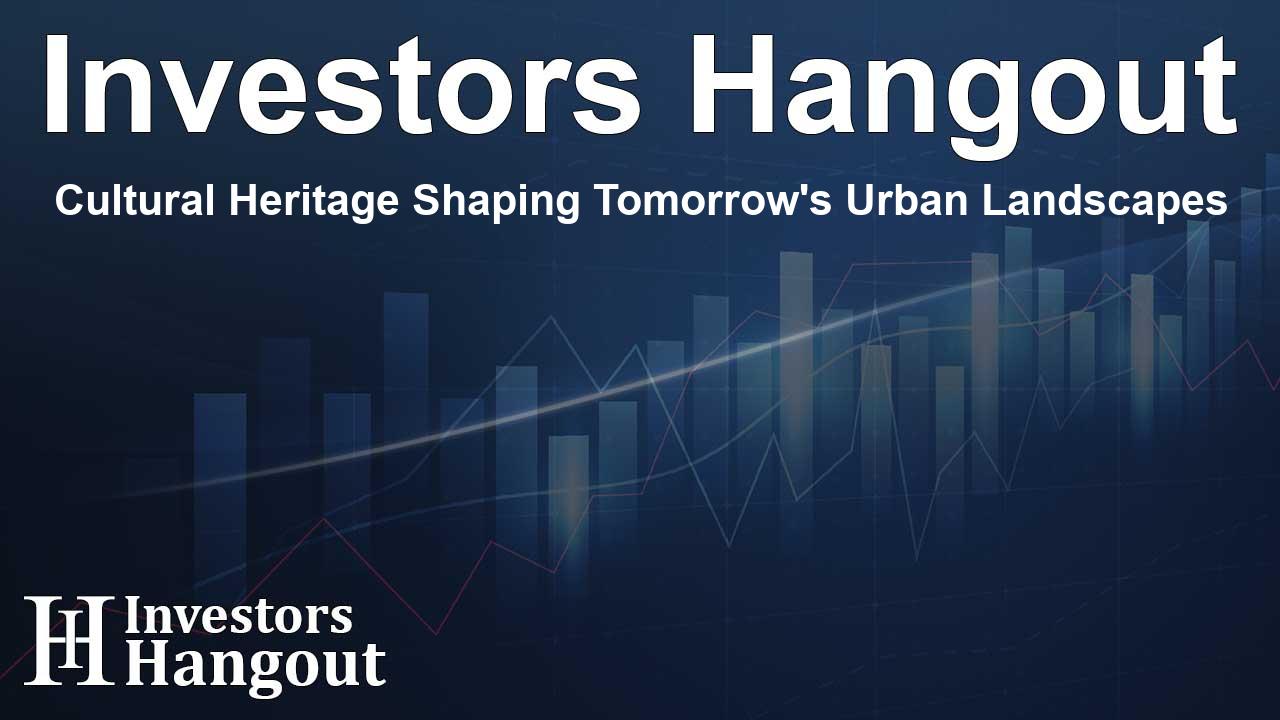Cultural Heritage Shaping Tomorrow's Urban Landscapes

Bridging Heritage and Modernity in Urban Development
In recent years, cities around the world have recognized the importance of their cultural heritage as they undergo urban development. One such city making significant strides in this area is Zhengzhou. A recent gathering of international mayors focused on the innovation needed to preserve cultural legacies while advancing urban renewal.
The Global Mayors Dialogue and Its Impact
The Global Mayors Dialogue held in Zhengzhou focused on the theme "Preserving the Cultural Legacy of Ancient Capitals and Driving Urban Renewal." This event brought together around 300 city leaders, experts, and scholars who exchanged ideas on how ancient heritage can coexist with modern city needs. This dialogue emphasized the importance of preserving history amidst rapid urbanization.
International Perspectives on Cultural Integration
Leaders from various nations attended the forum, each sharing unique insights into their urbanization experiences. For instance, Maurizio Rasero from Italy's Asti Province emphasized the need to transform historical sites into vibrant cultural centers. He articulated that by revitalizing such sites for experiential tourism rooted in their winemaking heritage, they are not merely protecting history but infusing it with contemporary relevance.
Modernizing Traditions
Juan de Dios Perez Garcia, the mayor of Palomeque, noted that Zhengzhou exemplifies how historical districts can harmoniously blend with modern elements. He proposed a strategy of proactive protection, which involves integrating contemporary design with traditional street layouts, ensuring that the characteristics that make these areas special are maintained.
Innovative Approaches in Zhengzhou
Zhengzhou’s distinctive urban strategy places a high emphasis on archaeological importance. The city has implemented a model where archaeology comes first. This is pivotal during urban remodeling as it ensures that cultural relics are preserved and not destroyed by construction activities. Embracing a philosophy of “archaeology first, construction later” establishes a solid foundation for safeguarding cultural assets.
Furthermore, projects like the Zhengzhou Shang City Archaeological Site Park highlight this innovative approach. The design harmoniously melds the remnants of a 3,600-year-old Shang Dynasty city with modern recreational space, allowing visitors to engage with history in meaningful ways.
Integration of Technology and Culture
Addressing the future, Tania Arihia Tapsell, mayor of Rotorua, pointed out Zhengzhou's effective use of modern technology to breathe new life into traditional cultures. This approach does not only promote cultural education but also fosters job creation and economic development within the city.
Vision for Sustainable Urban Growth
An Wei, a prominent leader within the Zhengzhou Municipal Party Committee, articulated a vision for urban renewal that transcends mere restoration. He underscored the idea that every city should pursue a tailored approach that balances cultural innovation with modernity. Zhengzhou's forward-thinking methods are paving the way for others to follow suit.
Conclusion: The Future of Cities
The discussions at the Global Mayors Dialogue underline a universal trend: urban development should not come at the expense of our cultural identities. The proactive approaches evident in cities like Zhengzhou show that embedding history into contemporary urban planning can produce vibrant, thriving communities.
Frequently Asked Questions
What is the aim of the Global Mayors Dialogue?
The Global Mayors Dialogue aims to bring together city leaders to exchange ideas on preserving cultural heritage while advancing urban renewal.
How is Zhengzhou integrating culture into urban development?
Zhengzhou integrates culture into urban development by prioritizing archaeological findings and designing interactive spaces that honor historical significance.
What can other cities learn from Zhengzhou's approach?
Other cities can learn to balance modernization with preservation, ensuring that their cultural identities are maintained through thoughtful urban planning.
What role does technology play in cultural preservation?
Technology plays a key role in revitalizing traditional culture by enhancing public engagement and providing new economic opportunities related to heritage.
How can urban growth be achieved sustainably?
Sustainable urban growth can be achieved by prioritizing cultural heritage and creating spaces where history and modernity coexist harmoniously.
About The Author
Contact Dominic Sanders privately here. Or send an email with ATTN: Dominic Sanders as the subject to contact@investorshangout.com.
About Investors Hangout
Investors Hangout is a leading online stock forum for financial discussion and learning, offering a wide range of free tools and resources. It draws in traders of all levels, who exchange market knowledge, investigate trading tactics, and keep an eye on industry developments in real time. Featuring financial articles, stock message boards, quotes, charts, company profiles, and live news updates. Through cooperative learning and a wealth of informational resources, it helps users from novices creating their first portfolios to experts honing their techniques. Join Investors Hangout today: https://investorshangout.com/
The content of this article is based on factual, publicly available information and does not represent legal, financial, or investment advice. Investors Hangout does not offer financial advice, and the author is not a licensed financial advisor. Consult a qualified advisor before making any financial or investment decisions based on this article. This article should not be considered advice to purchase, sell, or hold any securities or other investments. If any of the material provided here is inaccurate, please contact us for corrections.
